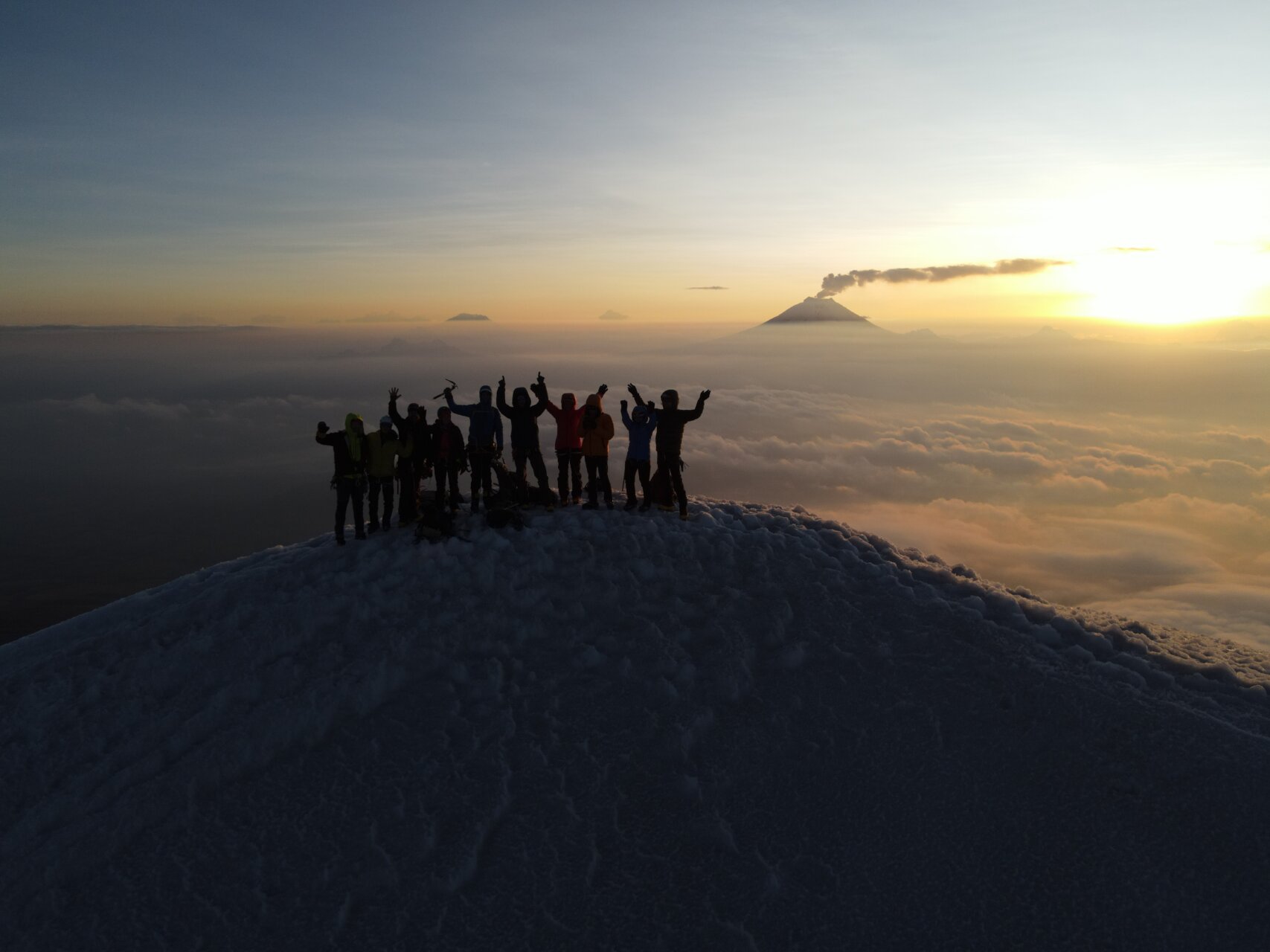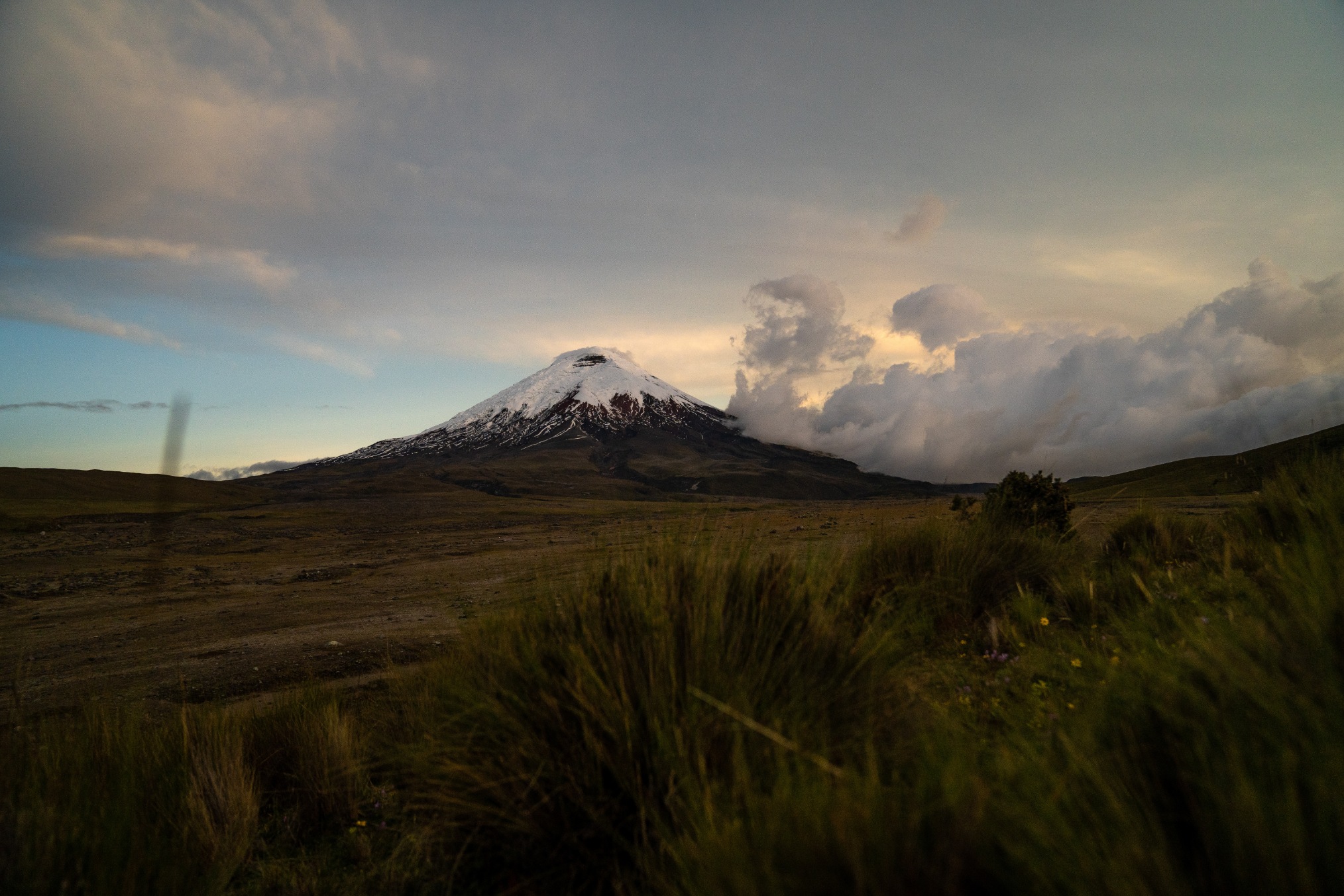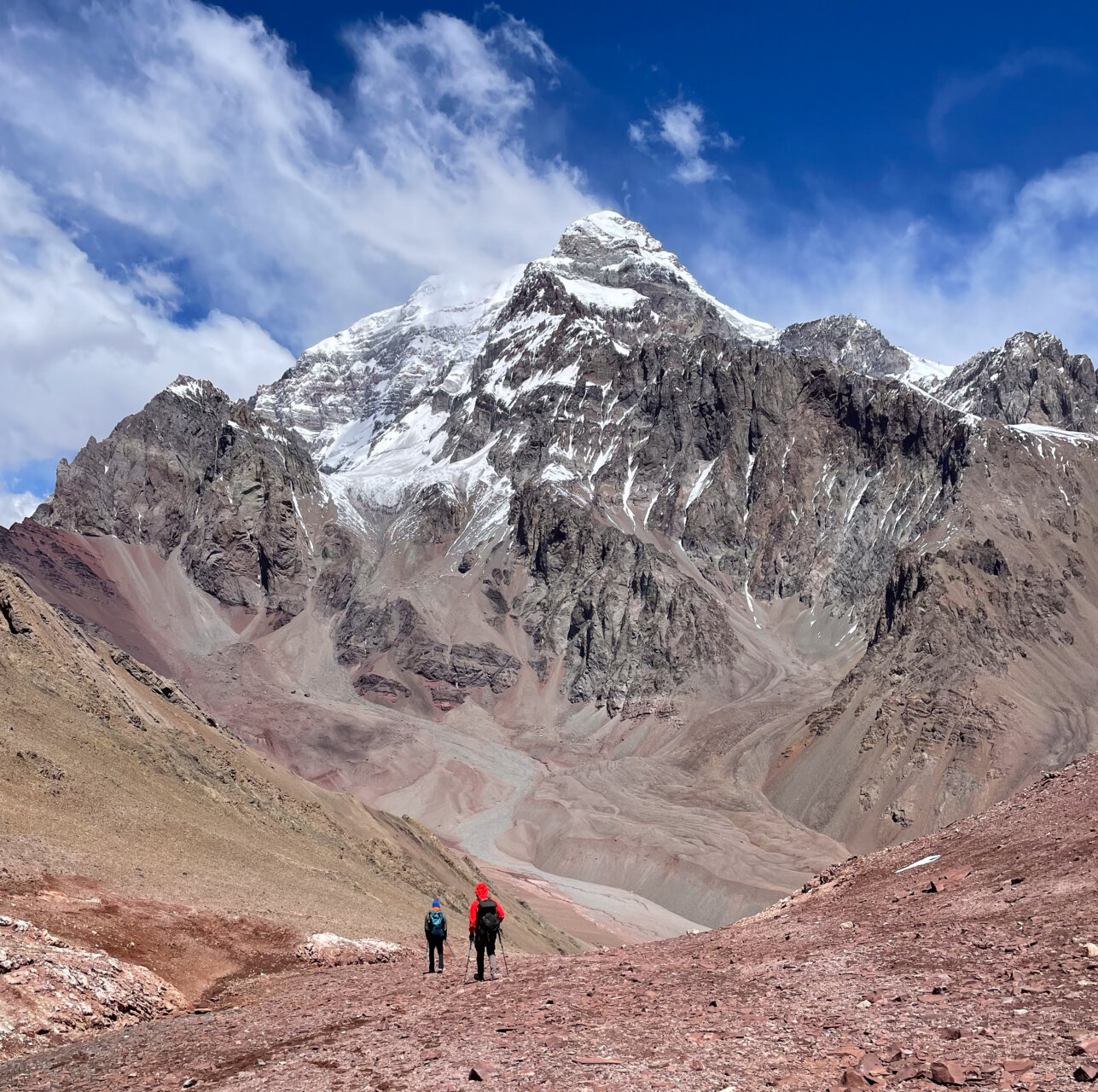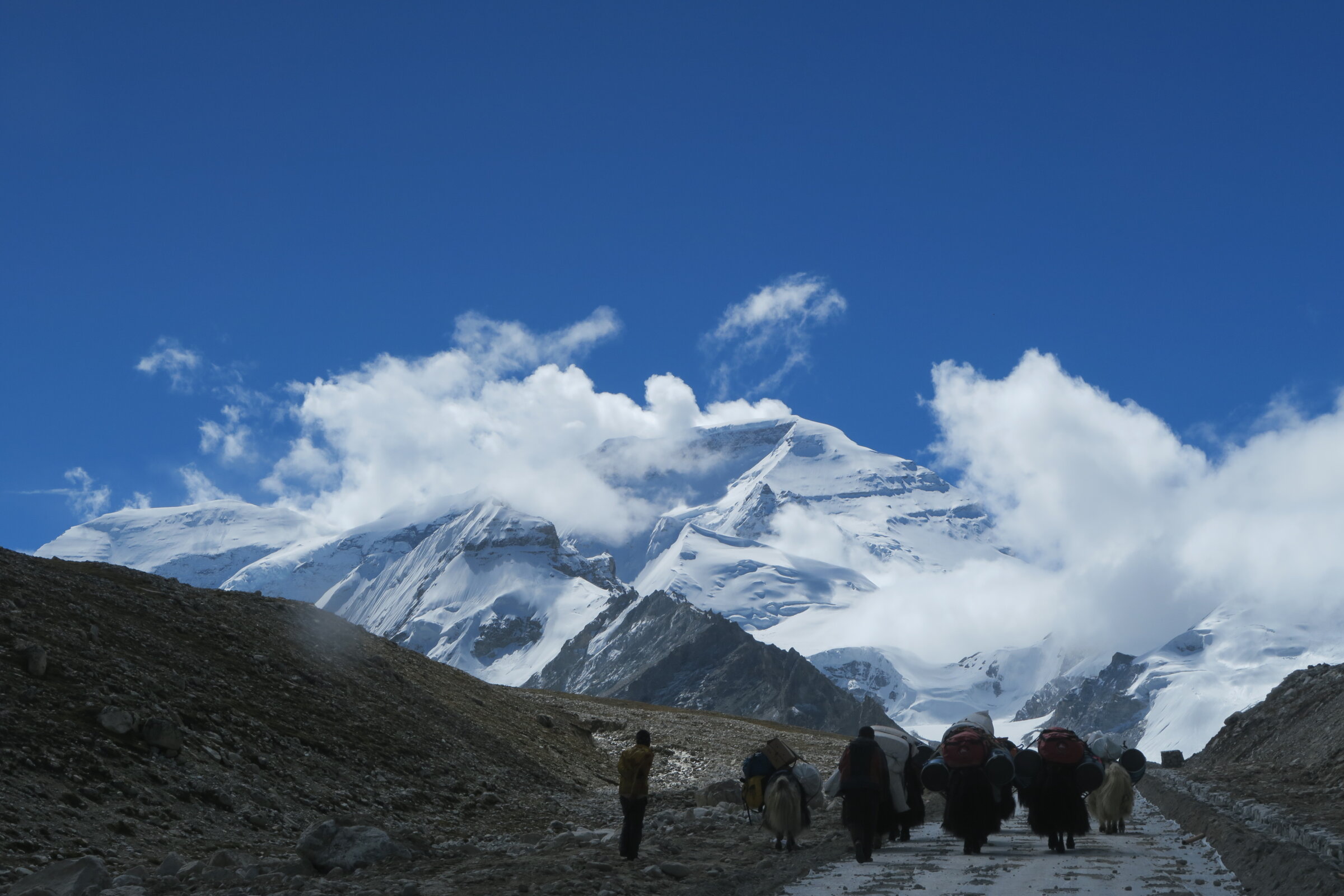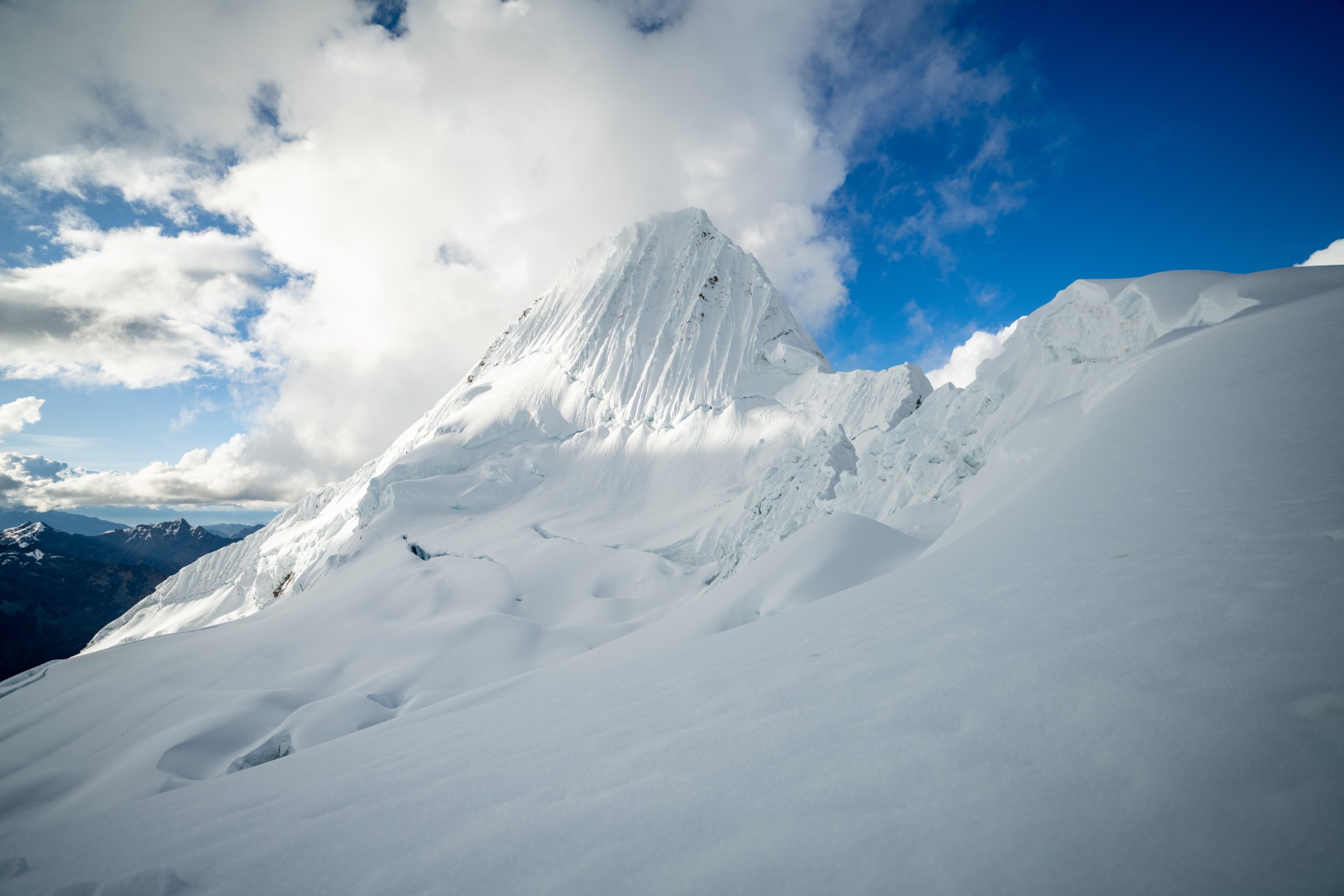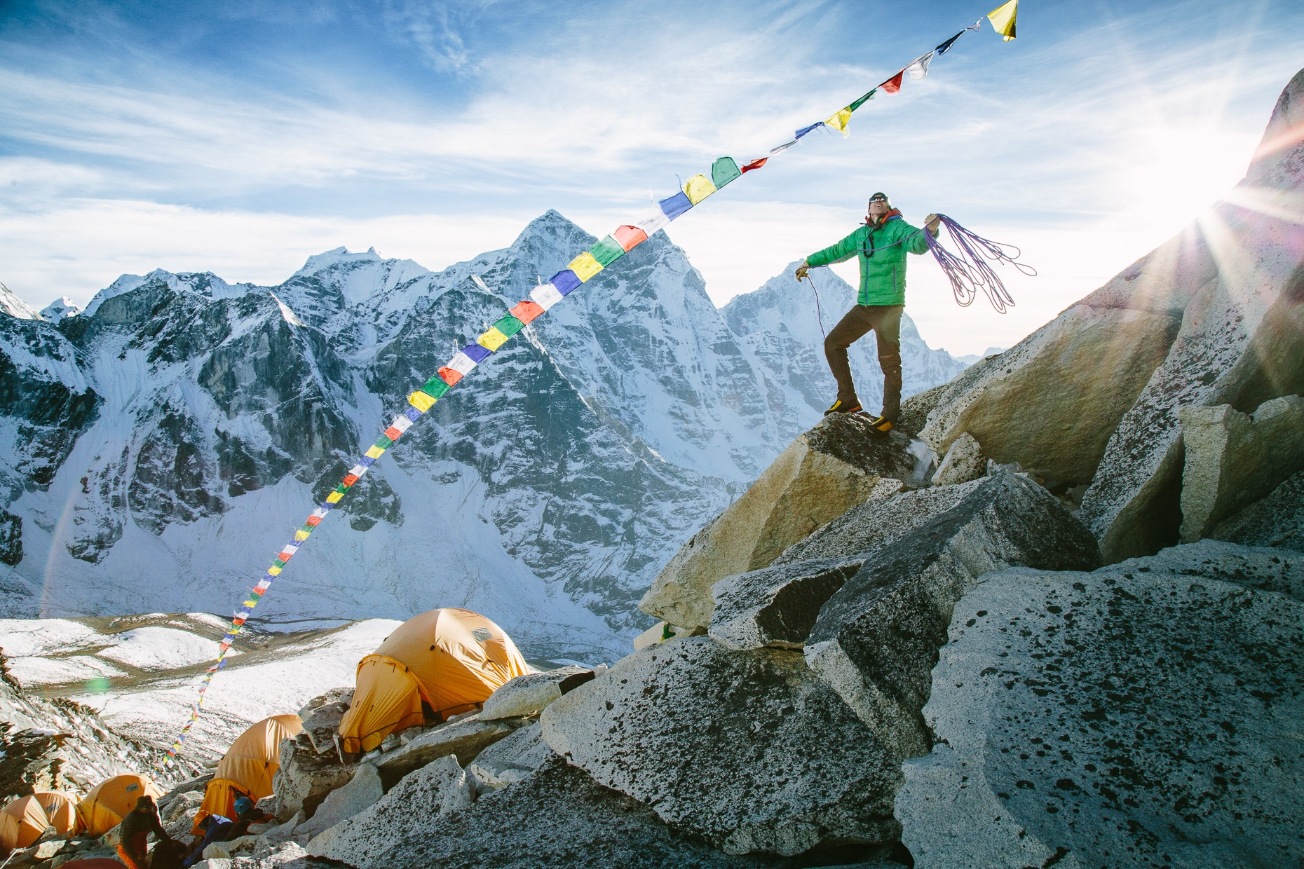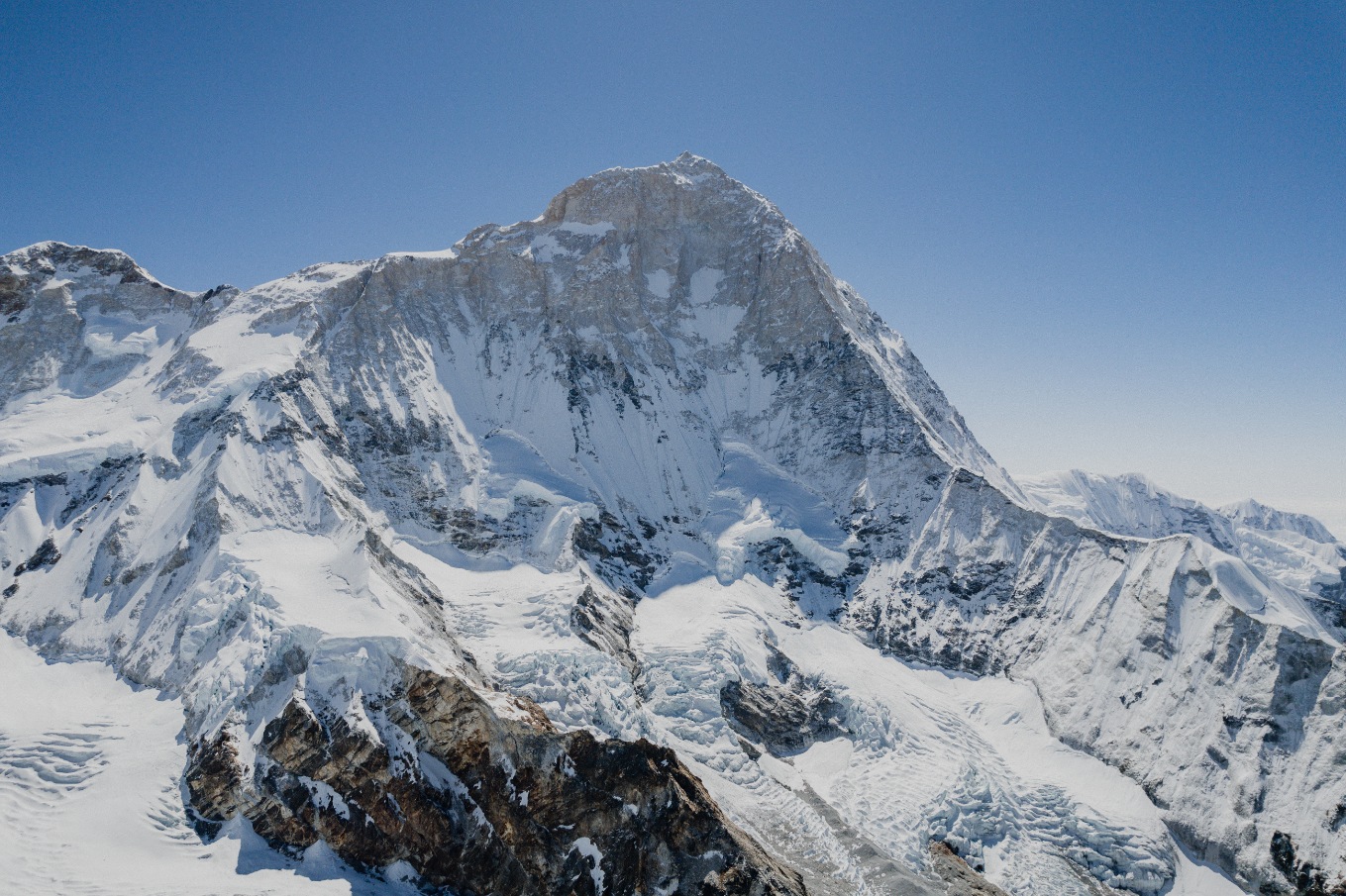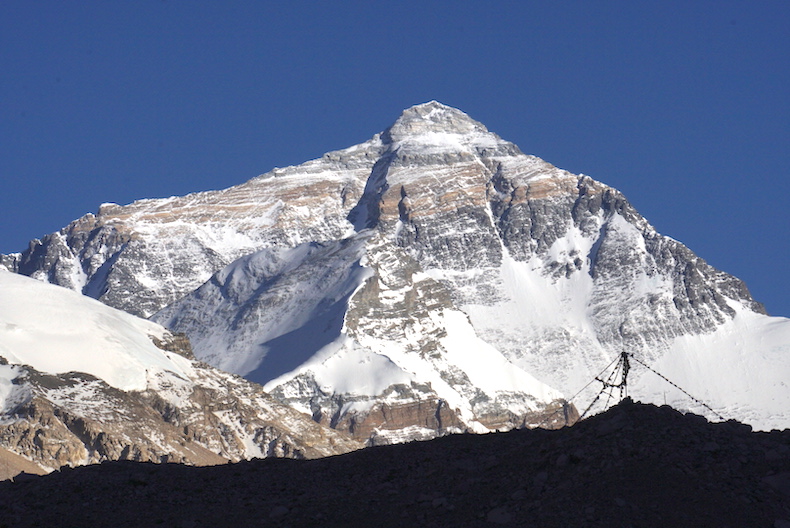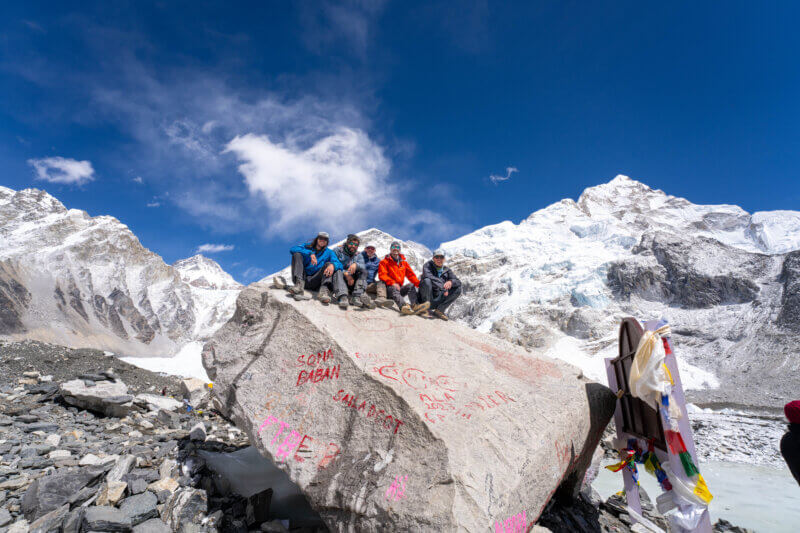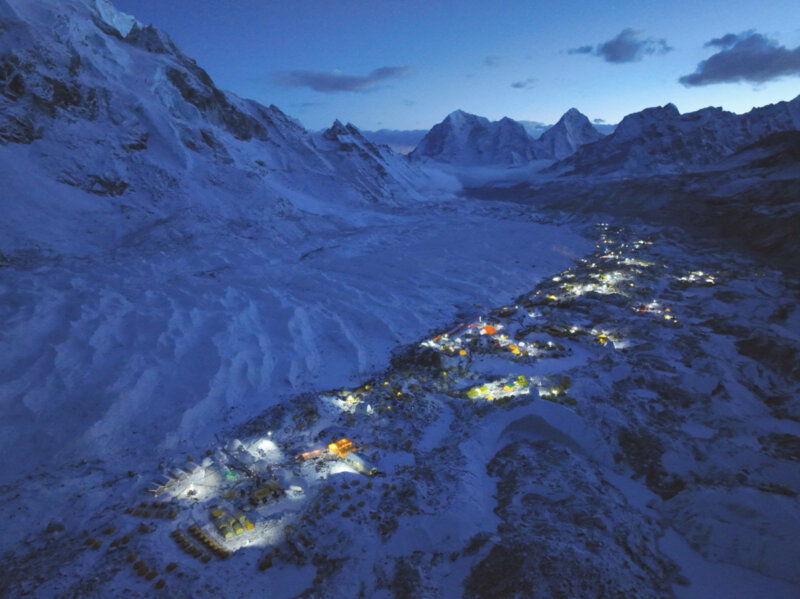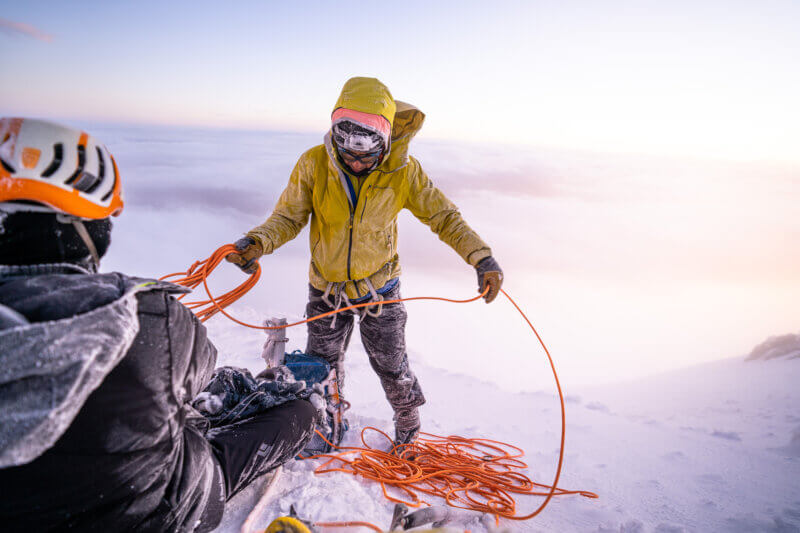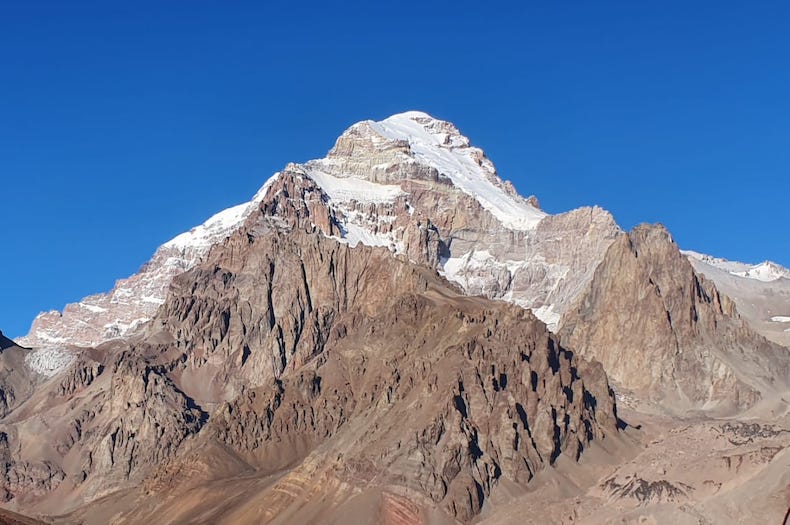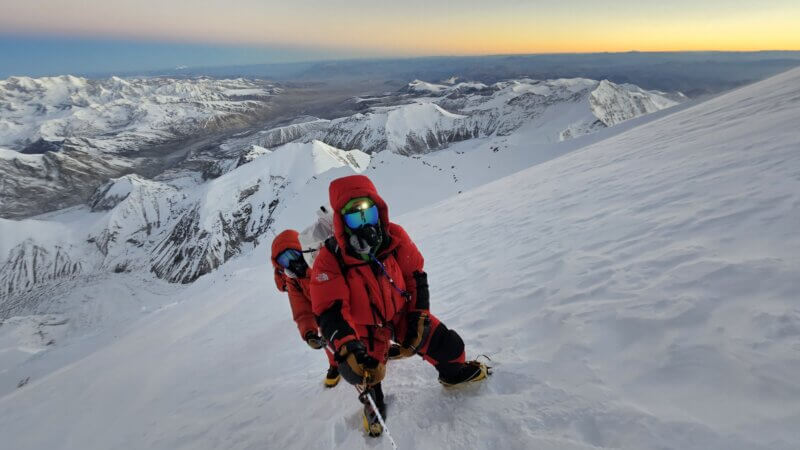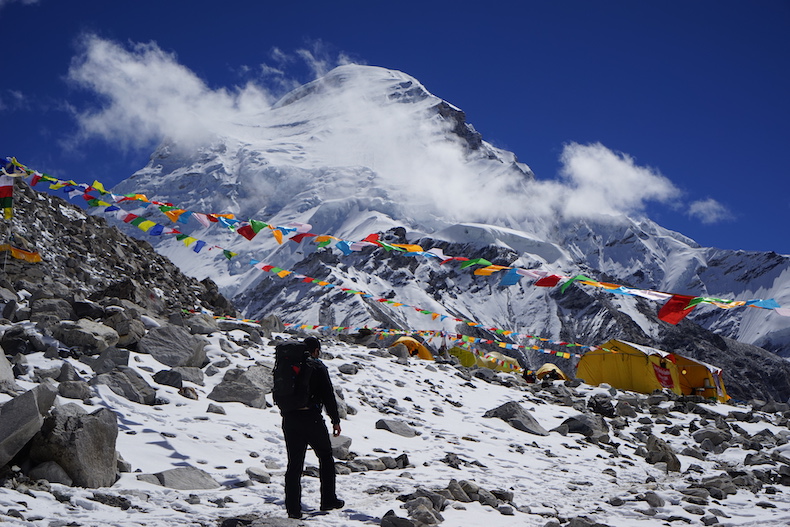Everest North Side 2025: A Season of Patience, Precision, and Perfect Timing
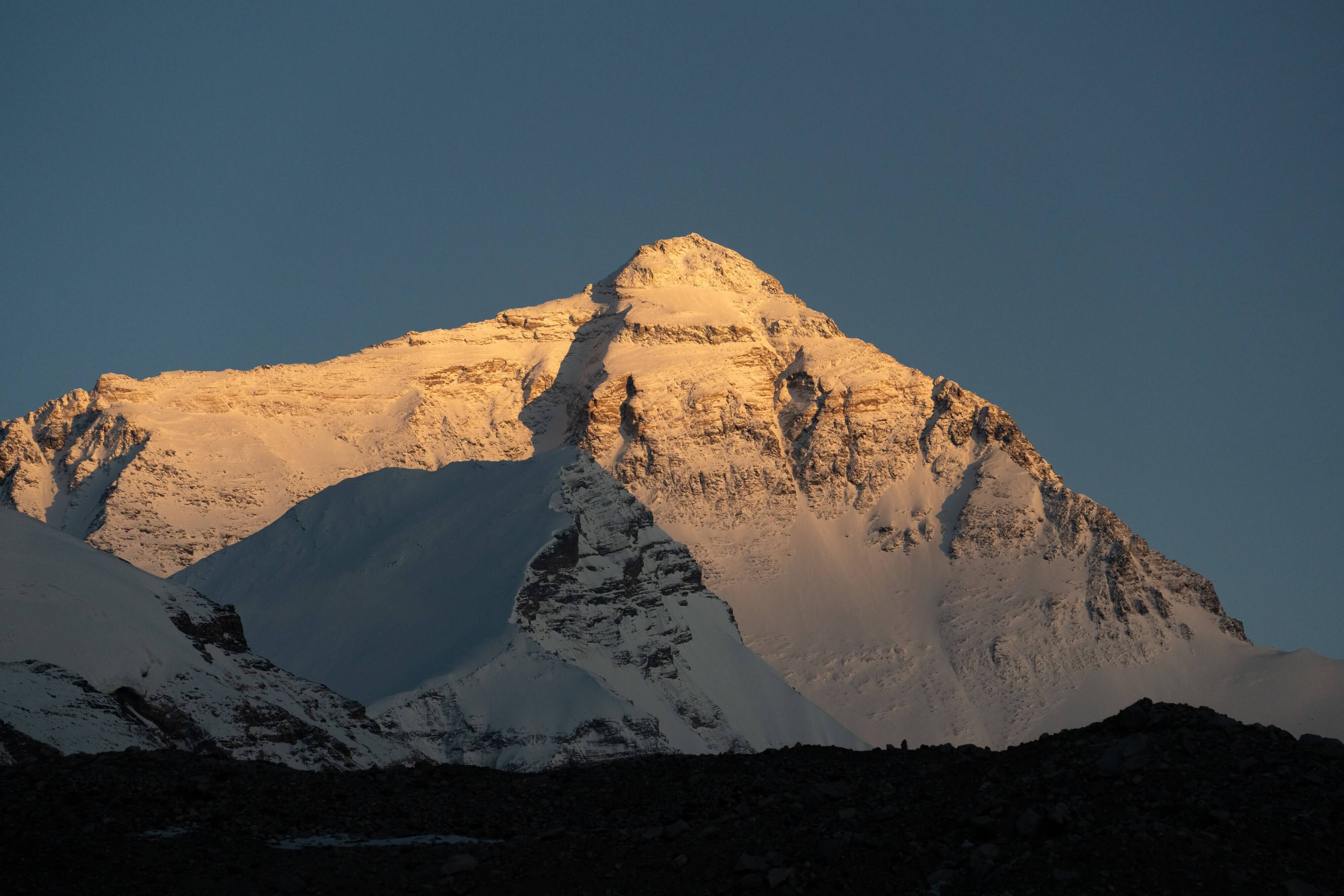
This spring, our Alpenglow Expeditions team returned to the North Side of Mount Everest with a small crew and a big plan. After months of preparation, pre-acclimatization, and weather watching, our Everest expedition 2025 culminated in an incredibly rare summit day—blue skies, no wind, and a quiet mountain.
It was a season that tested patience and rewarded it. One that marked Adrian Ballinger’s 10th Everest summit. And one where our Rapid Ascent strategy once again proved itself as a safer, faster, more efficient way to climb 8,000-meter peaks.
Here’s the full story of how it unfolded, from the first steps in Tibet to the top of the world.
Quiet on the North Side
In late April, we arrived at Everest Base Camp on the North Side of the mountain, located at 17,000 feet. Compared to the busy south side in Nepal, the north felt almost deserted.
Our Sherpa team had been working tirelessly ahead of us to build a clean, efficient, and dialed Advanced Base Camp (ABC). With our pre-acclimatization already complete thanks to at-home hypoxic training, we were able to skip the weeks-long traditional approach and dive straight into final preparations.
This is the cornerstone of our Rapid Ascent logistics: minimize time spent in dangerous zones, avoid unnecessary rotations, and allow athletes to perform at their best without being wrecked from weeks at altitude.

Training, Laps, and Waiting
Once settled at ABC, we focused on dialing in our gear systems, doing acclimatization laps on fixed lines near the North Col, and staying sharp. We monitored weather closely. The forecast was holding, and it showed a narrow—but potentially perfect—summit window.
Other teams began to move early. We waited.
That decision would pay off in a way none of us expected.

Summit: May 26, 2025
When the time came to climb, we moved fast. The entire team launched during the early hours of our chosen window—and Everest delivered.
What followed was a summit day that felt almost unreal. No wind. Blue skies. Stable snow. Quiet slopes. Conditions like this are almost unheard of at 8,848 meters.
Under perfect skies, our full team stood on the summit of Mount Everest. No frostbite. No injuries. And for Adrian Ballinger, it marked a major milestone: his 10th successful summit of Everest, a feat only a handful of climbers in the world have achieved.
We captured the moment, took a breath—and then focused on the part that matters most: getting down safely.
Back at Advanced Base Camp: All Safe
Everyone returned to Advanced Base Camp in good condition—tired, hungry, and proud. These moments of quiet after a storm of effort are what we live for. The debriefs. The rehydrated meals. The first full sleep in a tent that doesn’t feel like it’s trying to blow away.
It wasn’t just the summit—it was the precision, the trust, and the shared effort that made this climb unforgettable.
Adrian’s Reflection: “That Was Real”
With his 10th Everest summit now behind him, Adrian shared one of his most personal stories during a team AMA.
It wasn’t about the summit. It was about a different climb—years ago—when he attempted Everest without supplemental oxygen. After a brutal 43-hour push to the summit and back, he returned to ABC at 2 a.m., barely able to stand.
What hit hardest wasn’t the exhaustion—it was the dozen people waiting for him. Cooks. Porters. Sherpa. Film crew. Friends.
“Other than my wedding and the birth of my son, it was the most powerful moment of my life,” Adrian said. “Feeling that love and support and celebration… that was real.”
He talks more about that experience on the Duffel Shuffle Podcast.
Moments like that are what bring us back year after year. Everest has a way of stripping things down to what matters. And when it all comes together—with the right people, the right plan, and the right timing—there’s no better reminder of why we climb.
Want to Climb Everest With Us?
Our Everest North Side Rapid Ascent Expedition runs every spring and is built for climbers serious about testing themselves at the highest level. We keep our teams small, climb with AMGA/IFMGA-certified guides, and use pre-acclimatization technology to reduce time spent on the mountain while increasing safety and performance.
This isn’t a guided trek—it’s a full-scale expedition on an 8,848-meter peak. If you’re thinking about joining us in 2026 or beyond, here’s what to know.
How to Prepare for Everest
1. Build Your Altitude Resume
We look for climbers who have already proven themselves at altitude. Ideal preparation includes successful ascents of 6,000–7,000 meter peaks like:
Not sure if your experience lines up? Get in touch—we’re happy to help map out a progression.
2. Learn the Systems
You should already be familiar with fixed ropes, crampons, ice axe use, and general glacier travel. These skills can be learned and refined on expeditions like:
Each of these is part of our Intro to Expedition Climbing progression, and many Everest climbers start here.
3. Get Your Fitness Dialed
You don’t need to be a pro athlete, but you do need to be consistent. Most Everest climbers train 5–6 days per week, including strength, cardio, and long endurance hikes with weight. We’ll help you build a plan, or connect you with a coach who understands high-altitude objectives.
4. Acclimatize at Home
We use pre-acclimatization with hypoxic tents to help climbers arrive on Everest ready to move. It works—our summit success rate is over 90%, and our time on the mountain is nearly half that of traditional expeditions. No rotations to Camp 2. No lingering at high camp. Just climb when the window opens.
5. Connect With Our Team
The first step is a conversation. We’ll review your climbing background, talk through goals, and determine if Everest with Alpenglow is a good fit—or help guide you toward the right next step if it’s not yet time.
Apply for Everest 2026
We’re now accepting applications for our Spring 2026 Everest Expedition. Climbers must have prior high-altitude experience and a strong base of technical skills.
👉 Learn more and by chatting with our team.
Not quite ready? Start building your resume now with our Climbing Schools or join a 7,000-meter peak expedition this year to get on track.
The mountain will still be there. We’ll help you get ready.
